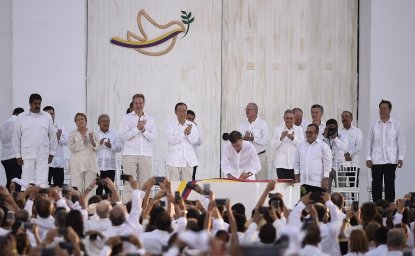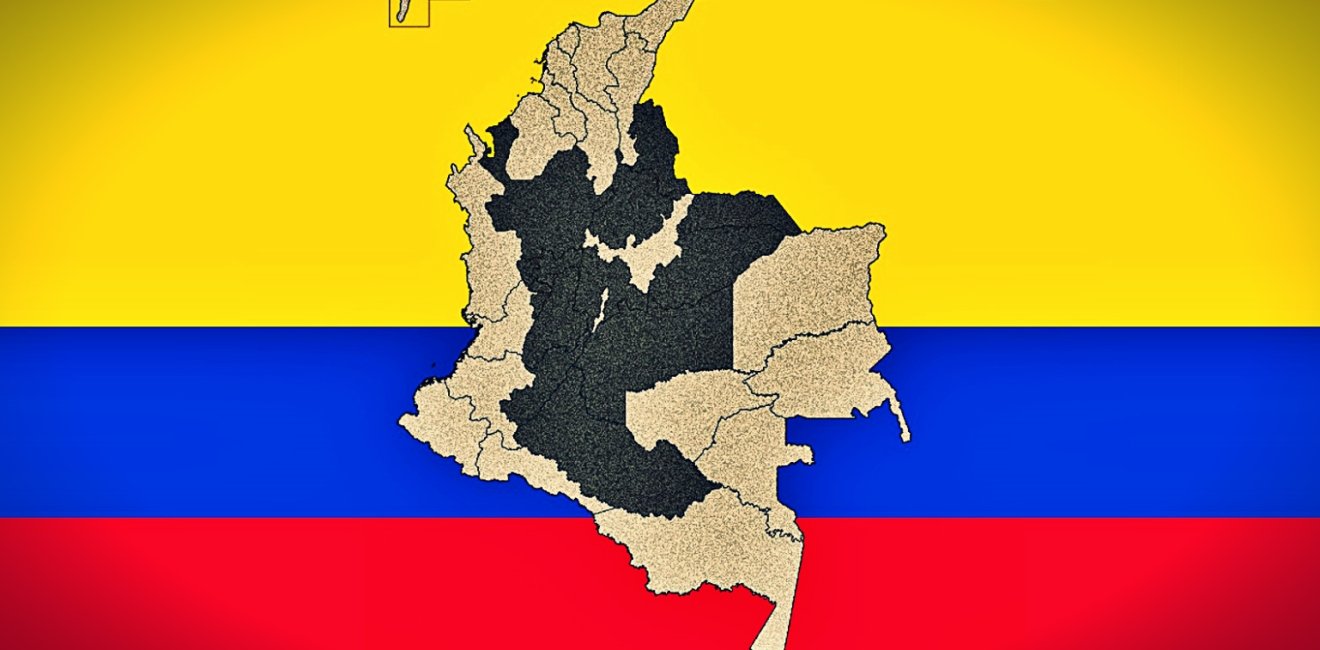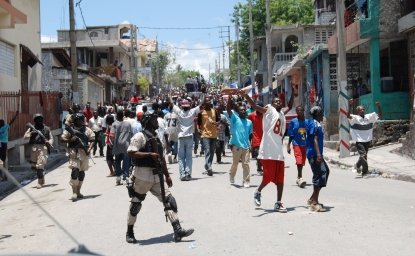A new study co-authored by Latin American Program Global Fellow Juan Carlos Garzón and two colleagues at Colombia’s Fundación Ideas para la Paz takes a detailed look at the voting patterns in the October 2 plebiscite on the peace agreements between the Colombian government and the FARC guerrillas.
Executive Summary
There are no simple or easy ways to understand the results of Colombia’s October 2 plebiscite on the peace agreement between the government and the FARC.
The plebiscite results reflect the profound regional differences within the country. The “yes” vote won in regions that are the most isolated from the State and the market; in these places, the armed conflict with the FARC has had the greatest impact but the dividends of the ceasefire have yet to be experienced. The “no” vote, by contrast, took the lead in regions with greater access to the State and the market, areas where institutions exist and function more effectively.
Clearly, the “no” victory took many people by surprise. Although all of the polls leading up to the plebiscite indicated that the “yes” vote would win with a significant margin, the “no” eked out a victory with slightly more than 53,000 votes. The results reflect a country with profound differences between the center and periphery and between those who see the peace agreements as an opportunity and those who perceive them as a threat.
Added to this context is the indifference and disinterest of a significant portion of the population. Voter abstention rates were the highest they have been in the past 22 years. With 62.59 percent of voters sitting out the election, the rate of abstention of registered voters was higher even than during the most recent presidential elections in 2014; at that time, 59.91 percent of voters abstained in the first round and 52.03 percent did so in the second.
The Ideas for Peace Foundation (Fundación Ideas para la Paz, FIP) identifies a number of key factors that help to explain why the “No” vote was successful:
- In the majority, albeit not all, of the regions in which the FARC are present, the “yes” vote won.
- In most – but not all – of the places where the armed conflict has had the greatest impact the “yes” vote won.
- The difference between the center and the periphery matters (a lot).
- The results of the plebiscite to a great extent mirror the results of the second round of the presidential elections in 2014.
- The rural areas of Colombia voted decidedly in favor of the “yes,”, whereas urban areas were mixed.
- Abstention increased and was concentrated in the periphery, where the “yes” vote was stronger.
The victory of the “no” vote provides a strong dose of realism in a polarized, fragmented, and unequal country that now faces the task of finding a viable way to build peace in the midst of profound and persistent differences.
Photo credits: SKopp and Registraduría Nacional del Estado Civil / Wikimedia Commons
Authors

Security and Conflict Resolution Expert; Former Consultant, United Nations Development Program and Organization of American States

Latin America Program
The Wilson Center’s prestigious Latin America Program provides non-partisan expertise to a broad community of decision makers in the United States and Latin America on critical policy issues facing the Hemisphere. The Program provides insightful and actionable research for policymakers, private sector leaders, journalists, and public intellectuals in the United States and Latin America. To bridge the gap between scholarship and policy action, it fosters new inquiry, sponsors high-level public and private meetings among multiple stakeholders, and explores policy options to improve outcomes for citizens throughout the Americas. Drawing on the Wilson Center’s strength as the nation’s key non-partisan policy forum, the Program serves as a trusted source of analysis and a vital point of contact between the worlds of scholarship and action. Read more

Explore More
Browse Insights & Analysis
Peace in Colombia: Unexpected Reasons for Hope



